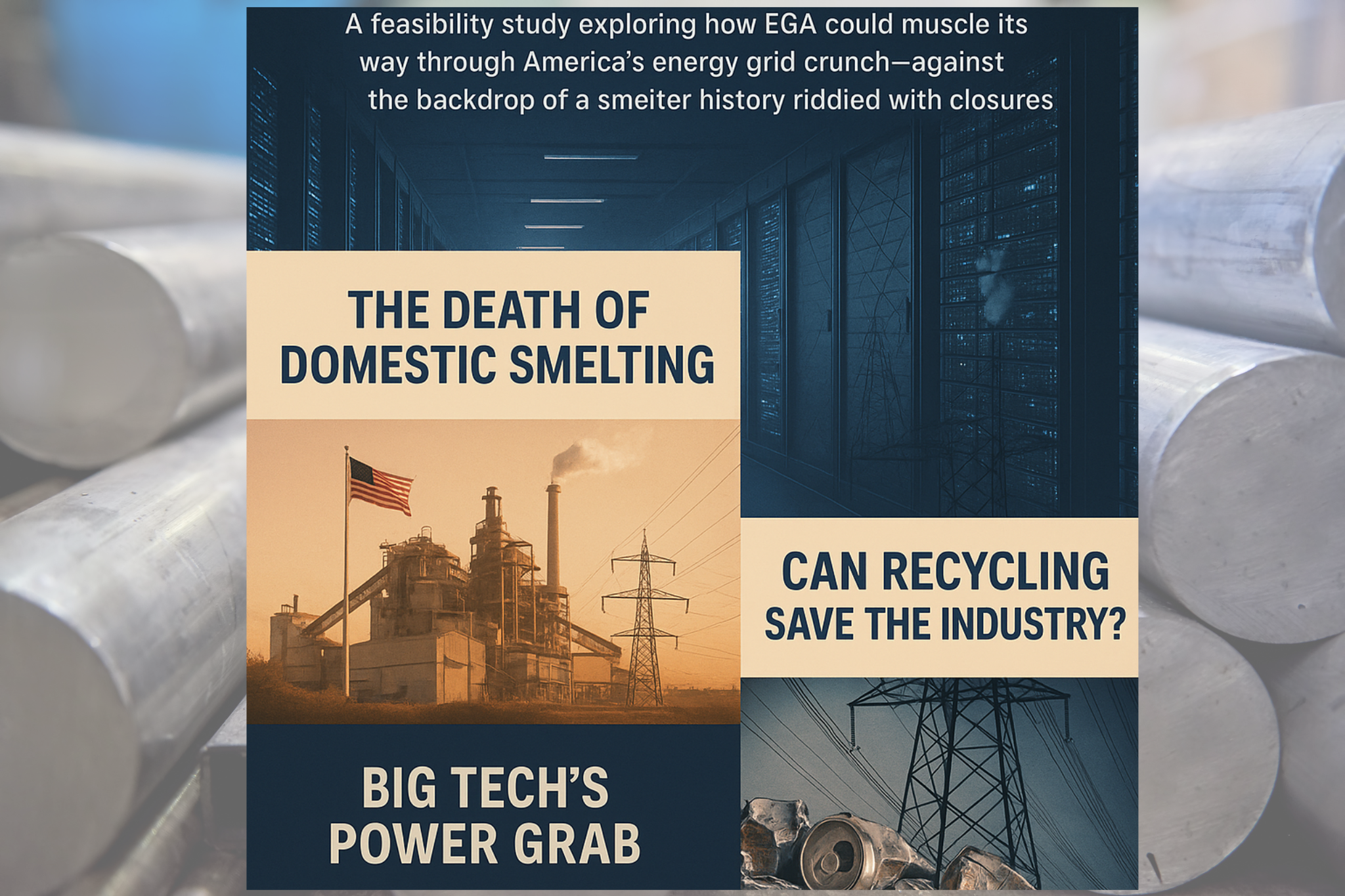

Emirate Global Aluminium’s recent announcement of setting up a primary aluminium smelter in Oklahoma, close to the Tulsa Port of Inola, is going to be the first new primary aluminium plant built in the US in 45 years. The USD 4 billion investment by the Middle Eastern business will strengthen domestic aluminium production and support supply chain resilience. But, in the heartland of America, a silent battle is unfolding — wherein at stake is the future of US aluminium smelting, an industry once thriving but now teetering under the weight of soaring electricity costs and the insatiable energy demands of Big Tech’s data centres. Now, the Aluminum Association estimates that a new US smelter would need a minimum 20-year power contract at a price of not more than USD 40 per MWh to be viable at current aluminium prices. Will EGA's plan turn into reality after all the power odds?

The decline of domestic smelting
Once a global leader, the US boasted 33 aluminium smelters in 1980. Today, that number has dwindled to six, with only four partially or fully operational. Annual production has plummeted to 700 thousand tonnes, starkly contrasting the nearly 5 million tonnes produced at its peak. High electricity prices have been a primary culprit, rendering many smelters economically unviable. For instance, the New Madrid smelter in Missouri, operated by Magnitude 7 Metals, faced curtailment due to ‘abnormally cold weather’ and persistent profitability challenges, exacerbated by its reliance on high-cost coal power.
Also read: US aluminium industry faces crisis as smelter closures undermine tariff protections
In the early 2000s, the US housed 23 primary aluminium smelters operated by 12 companies. However, by the end of 2021, this number had dwindled to six smelters run by just three firms: Alcoa, Century Aluminum, and Magnitude 7 Metals. The closures during this period were primarily due to rising energy costs and increased competition from international producers, particularly China.
In January 2014, Alcoa announced the permanent closure of the remaining two potlines at its Massena East smelter in New York. This decision was part of Alcoa’s strategy to lower its cost base in the commodity business, as the potlines were no longer competitive. The closure reduced Alcoa’s smelting capacity by 84,000 tonnes.
Century Aluminum permanently closed its Ravenswood, West Virginia plant in 2015, citing high energy costs and economic headwinds. The plant had formerly employed 650 workers and was a significant producer of primary aluminium.
In March 2016, Alcoa announced the permanent closure of its Warrick smelter in Evansville, Indiana, due to operational challenges. However, the company restarted three of the five smelting potlines there in 2018, representing approximately 60 per cent of the facility’s production capacity.
In April 2020, Alcoa announced the indefinite curtailment of its Intalco smelting facility in Ferndale, Washington, reducing industry production capacity by 230 thousand tonnes. The decision was driven by the facility’s inability to be competitive in the long term.
Responses








